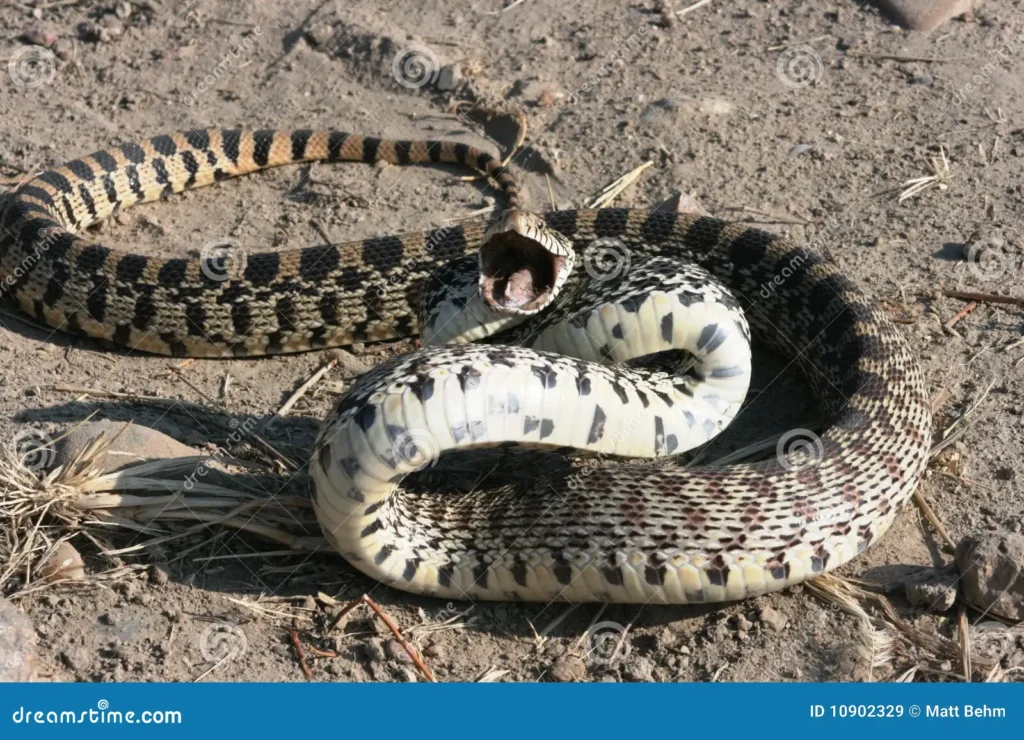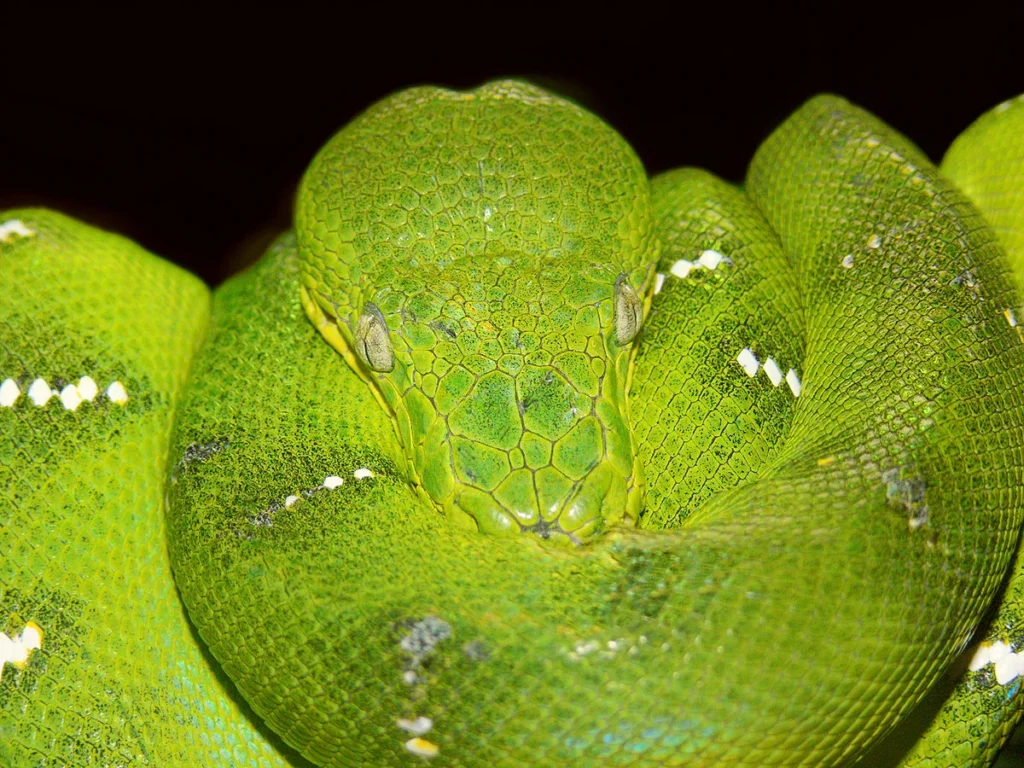From childhood, many of us are taught to fear snakes, particularly venomous ones. Their sinister reputation in literature, religion, and popular culture has cemented our perception of them as dangerous killers. Yet, behind those intimidating fangs and toxic venom lies something remarkable – the potential to save human lives. Today, medical researchers are transforming these ancient fears into modern hopes as snake venom compounds revolutionize treatments for conditions ranging from heart disease to cancer. This paradigm shift invites us to reconsider our relationship with these misunderstood creatures and recognize how the very thing we fear might someday save us.
The Paradox of Venom: From Killer to Healer

Snake venom is a complex cocktail of proteins and enzymes evolved specifically to immobilize, kill, and digest prey. These biochemical marvels can destroy tissue, paralyze muscles, prevent blood clotting, or cause excessive bleeding—effects that are deadly in prey animals and humans alike. Yet this same destructive potential has caught the attention of medical researchers worldwide. The precise mechanisms that make venoms so effective at targeting specific physiological systems also make them valuable templates for developing medications. What was once solely viewed as a weapon of death is now increasingly recognized as a potential savior of human lives, representing one of nature’s great paradoxes. This transformation in our understanding marks a significant shift in how we perceive these creatures and their role in human health.
Anti-Venom: The Original Life Saver

The most direct way venomous snakes save lives is through anti-venom, which remains the primary treatment for snake envenomation worldwide. Anti-venom is produced by injecting diluted snake venom into horses or sheep, whose immune systems produce antibodies that neutralize the venom’s toxic effects. These antibodies are then harvested and purified to create a life-saving treatment for snake bite victims. Without anti-venom, many of the estimated 1.8-2.7 million people bitten by snakes annually would not survive, particularly in regions like South Asia, Southeast Asia, and sub-Saharan Africa where venomous snakebites are common. The World Health Organization has designated snakebite envenoming as a neglected tropical disease, highlighting the ongoing importance of these treatments in global healthcare. This direct application demonstrates how venomous snakes contribute to saving the very lives they might otherwise claim.
Revolutionary Blood Pressure Medications

One of the most successful medical applications of snake venom came from studying the Brazilian pit viper (Bothrops jararaca). Scientists noticed this snake’s venom caused a rapid drop in blood pressure in its victims, leading to the development of angiotensin-converting enzyme (ACE) inhibitors in the 1970s. The first of these drugs, captopril, was based on peptides found in the viper’s venom and revolutionized the treatment of hypertension and heart failure. Today, ACE inhibitors have evolved beyond their venom-inspired origins but remain among the most prescribed medications globally, helping millions of people control their blood pressure and prevent heart attacks and strokes. This class of drugs demonstrates how studying the deadly mechanisms of snake venom can lead to treatments that extend human lifespans by decades. The Brazilian pit viper’s contribution to cardiovascular medicine has likely saved more lives than the species has ever threatened.
Clotting Disorders and Anticoagulants

Many snake venoms contain compounds that dramatically affect blood clotting, either preventing coagulation or causing abnormal clotting. The venom of the saw-scaled viper contains ecarin, which promotes blood clotting and has become an important diagnostic tool in hematology labs for monitoring anticoagulant therapy. Conversely, proteins from the eastern brown snake and other species have led to potent anticoagulants that prevent dangerous blood clots in patients at risk of stroke or heart attack. Tirofiban and eptifibatide, medications derived from the venoms of the saw-scaled viper and southeastern pygmy rattlesnake respectively, are used during heart attacks and certain heart procedures to prevent platelet aggregation and dangerous clot formation. These medications operate with precision that synthetic alternatives often cannot match, highlighting the sophisticated biochemistry that evolution has produced in these remarkable predators.
Pain Management Breakthroughs

Chronic pain affects hundreds of millions of people worldwide, and effective treatments without addiction potential remain elusive. The black mamba, one of Africa’s most feared snakes, produces venom containing unique peptides called mambalgins that block pain pathways differently than opioids. These compounds bind to acid-sensing ion channels in neurons, blocking pain signals without affecting breathing or causing addiction. Scientists are actively researching these peptides to develop non-addictive pain medications that could help address the opioid crisis. Similarly, the Texas coral snake produces a venom compound that activates a different pain receptor in a way that could lead to novel analgesics. These venom-based approaches to pain management represent some of the most promising advances in a field that has seen limited innovation for decades, offering hope to millions suffering from chronic pain conditions.
Cancer Treatment Potential

Perhaps most remarkable is the growing evidence that certain snake venom components may help fight cancer. Contortrostatin, a protein from the southern copperhead snake, has shown promise in experimental models by inhibiting the growth and spread of breast, ovarian, and other cancers. This protein works by binding to integrin receptors on cancer cells, preventing them from attaching to other cells and migrating through tissues. Other venom compounds, like crotoxin from the South American rattlesnake, have demonstrated selective toxicity against cancer cells while sparing healthy ones in laboratory studies. Disintegrins, a class of proteins found in many snake venoms, are being investigated for their ability to prevent angiogenesis—the formation of new blood vessels that tumors need to grow. While most of these treatments remain in early research phases, they represent a promising frontier in oncology where nature’s deadliest toxins may become precision weapons against one of humanity’s most feared diseases.
Diabetes and Metabolic Disorders

The Gila monster, while technically a venomous lizard rather than a snake, provides another compelling example of how venom can transform medicine. A protein in its venom called exendin-4 led to the development of exenatide (Byetta), a medication approved for type 2 diabetes. This drug mimics the action of the human hormone GLP-1, which helps regulate blood sugar by stimulating insulin production when glucose levels are high. Snake venoms are also being explored for diabetes applications, with some containing compounds that affect insulin secretion or glucose metabolism. The unique way these venom components interact with metabolic pathways makes them valuable templates for designing drugs that can help manage this growing global health crisis. As diabetes rates continue to rise worldwide, these venom-derived treatments offer new options for the millions living with this chronic condition.
Neurological Disorder Treatments

Several devastating neurological conditions may someday be treated with medications derived from snake venom. Alpha-bungarotoxin from the many-banded krait has become an invaluable research tool for studying neurological disorders like myasthenia gravis, Alzheimer’s disease, and Parkinson’s disease. This toxin binds with incredible specificity to certain receptors in the nervous system, allowing scientists to study these receptors’ roles in disease processes. Certain snake venoms contain compounds that protect brain cells from the types of damage seen in stroke or neurodegenerative diseases. For example, a three-finger toxin from the eastern green mamba shows neuroprotective properties that researchers hope to harness for treating conditions like Alzheimer’s. These applications highlight how the precision of venom compounds—evolved to target specific physiological systems—makes them ideal starting points for developing treatments for complex neurological conditions that have proven resistant to conventional drug development approaches.
Antimicrobial and Antiviral Applications

In an era of increasing antibiotic resistance, snake venoms offer potential new weapons against infectious diseases. Many venom components have demonstrated antimicrobial properties, killing bacteria, fungi, and parasites in laboratory settings. Crotamine from the South American rattlesnake has shown effectiveness against antibiotic-resistant bacteria like MRSA, while other venom peptides display activity against tuberculosis and malaria parasites. Some snake venom compounds have even demonstrated antiviral properties against HIV, dengue virus, yellow fever virus, and potentially other viral threats. The mechanisms by which these venom components kill microorganisms often differ from conventional antibiotics, potentially helping overcome resistance issues. As the world faces growing concerns about antimicrobial resistance and emerging infectious diseases, these natural compounds may provide templates for a new generation of anti-infective medications.
Diagnostic Tools and Laboratory Applications

Beyond direct therapeutic applications, snake venom components have become essential tools in medical diagnosis and research. Russell’s viper venom contains an enzyme used in diagnostic tests to detect certain blood clotting disorders and monitor anticoagulant therapy. Snake venom phospholipases are used in research laboratories worldwide to study cell membranes and their role in various diseases. The exquisite specificity of snake toxins for their molecular targets makes them invaluable probes for studying biological processes and developing diagnostic tests. These laboratory applications, while less visible to patients, form a crucial part of modern medicine’s infrastructure and enable countless medical advances. Without these snake venom components, many routine diagnostic procedures and research techniques would be impossible, indirectly saving lives through improved medical knowledge and diagnostic accuracy.
The Conservation Connection

The medical potential of snake venoms adds urgency to conservation efforts for these often-persecuted creatures. Many venomous snake species face threats from habitat destruction, climate change, and direct persecution by humans. Each extinction represents not only an ecological loss but potentially the disappearance of unique venom compounds with unrealized medical applications. Some venom-based medications come from endangered species, creating complex ethical questions around sustainable use and conservation. Organizations like the World Health Organization have highlighted the need to protect venomous species for both ecological and medical reasons. This medical value provides a compelling argument for conservation beyond traditional ecological justifications, potentially changing how people perceive these feared animals. By recognizing venomous snakes as potential sources of life-saving medicines, we may be more motivated to ensure their survival in the wild.
Challenges in Venom-Based Drug Development

Despite their promise, developing medications from snake venom faces significant challenges. The complexity of venoms makes isolating and identifying therapeutic compounds difficult and time-consuming. Many venom components are proteins that degrade in the digestive system, requiring modification to create orally-administered medications. Some promising venom-derived compounds fail in clinical trials due to unexpected side effects or insufficient efficacy in humans. The cost of venom collection and research is substantial, with some venoms worth more per ounce than gold. Pharmaceutical companies must also navigate complex intellectual property and biodiversity access agreements when developing drugs from venoms of species native to specific countries. These challenges explain why, despite thousands of identified venom components, relatively few have made it to clinical use. Nevertheless, advances in proteomics, genomics, and synthetic biology are accelerating this field, potentially overcoming many of these obstacles.
The Future of Venom-Based Medicine

The future of venom-based medicine looks incredibly promising as technology evolves to better analyze and utilize these complex biological mixtures. New high-throughput screening methods allow researchers to test thousands of venom compounds against disease targets simultaneously, speeding discovery. Advances in synthetic biology may soon enable the production of venom peptides in the laboratory without needing to collect venom from live animals, addressing both ethical and practical concerns. Computational approaches like machine learning are helping predict which venom components might have therapeutic potential based on their molecular structures. Some researchers envision “venom libraries” containing synthetic versions of every venom compound from every venomous species, creating an unprecedented resource for drug discovery. As these technologies mature, we can expect an acceleration in the development of venom-derived medications targeting conditions ranging from autoimmune disorders to infectious diseases and beyond.
Conclusion

The venomous snake, long a symbol of danger and death, is undergoing a remarkable transformation in human perception as we discover the life-saving potential hidden in its venom. From medications that prevent heart attacks to promising cancer treatments and pain relievers without addiction potential, these creatures offer a pharmacological treasure trove that modern medicine is only beginning to fully appreciate. This evolution in our relationship with venomous snakes represents a profound shift—from fearing them as killers to valuing them as potential saviors. It reminds us that nature, even in its seemingly most dangerous forms, often holds solutions to our most pressing medical challenges. The next time you encounter a snake in the wild or at a zoo, consider that its distant cousin might someday provide the compound that saves your life or the life of someone you love.





